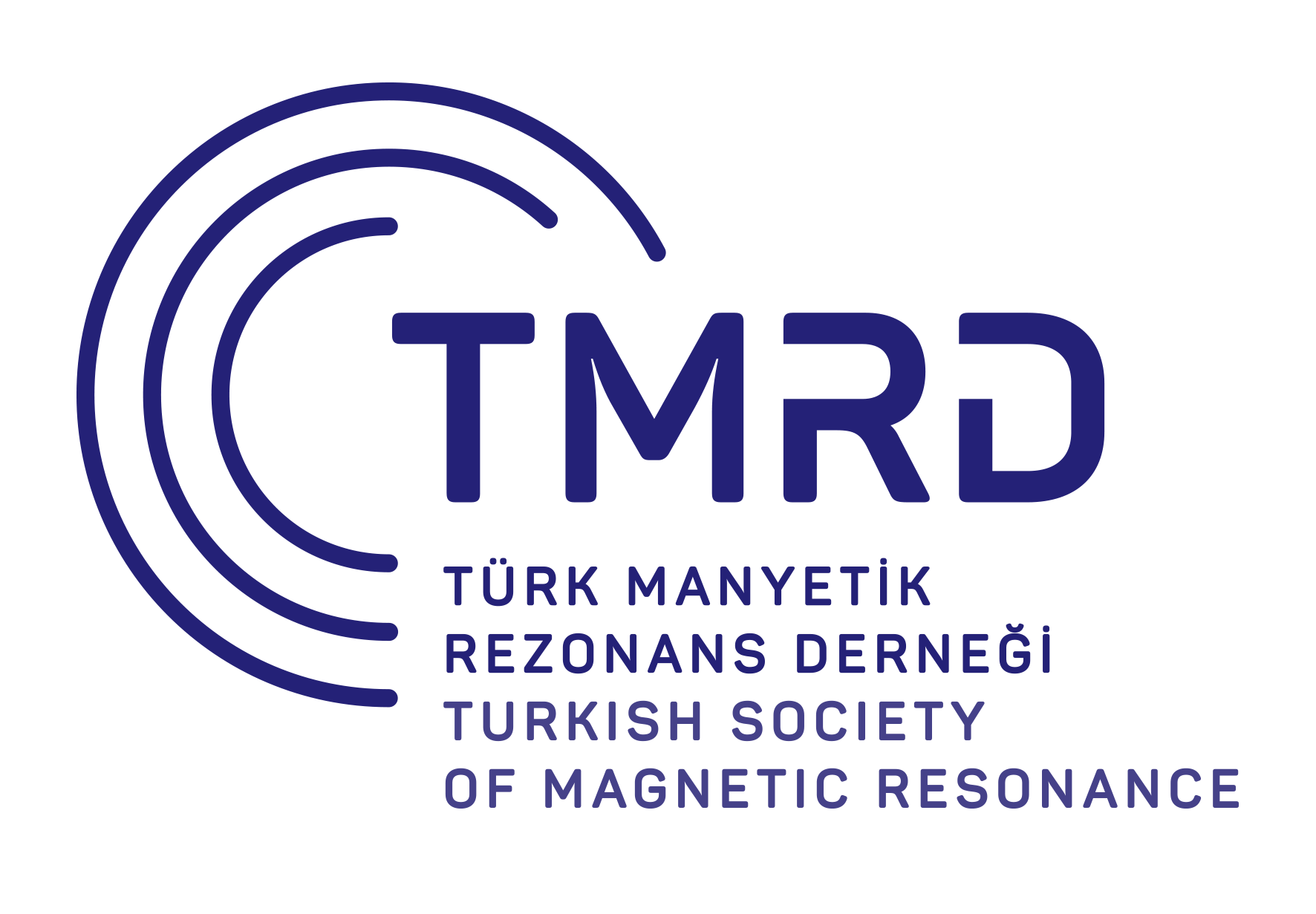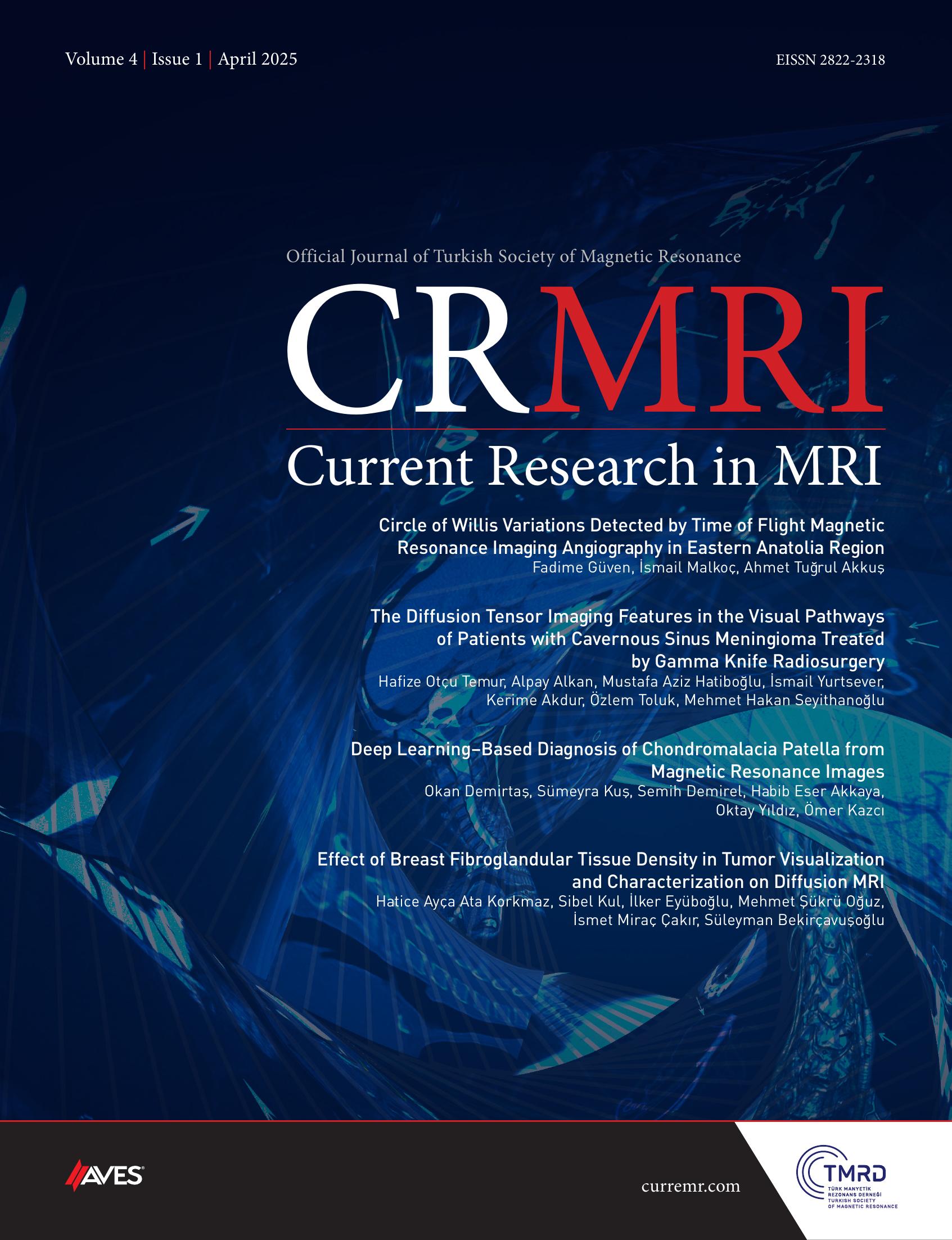Objective: This study aimed to compare the diagnostic effectiveness and precision of non-contrast magnetic resonance angiography (MRA) with the most reliable digital subtraction angiography (DSA) findings in imaging the cervical segment of the carotid arteries.
Methods: From January 2012 to April 2018, a retrospective evaluation was conducted on the images of 23 patients who had undergone DSA and non-contrast MRA for the carotid arteries in the neck. The evaluation was based on data retrieved from the local database. The stenosis rates were categorized as follows: normal, stenosis less than 50%, stenosis between 50% and 69%, stenosis equal to or greater than 70%, and total occlusion.
Results: Out of the 23 participants who were included in the study, 13 (56.5%) were female and 10 (43.5%) were male. The average age of the patients was 58.5, with a range of 29 to 84 and a median value of 60. The non-contrast MRA examination had a sensitivity of 78%, specificity of 97%, positive predictive value of 88%, negative predictive value of 95%, and diagnostic accuracy of 93% for detecting significant stenosis (>50%) in the internal carotid artery (ICA), as determined by the gold standard DSA. The non-contrast MRA had a sensitivity of 86%, specificity of 100%, positive predictive value of 100%, negative predictive value of 98%, and a diagnostic accuracy rate of 98%.
Conclusion: Non-contrast MRA imaging is a secure technique for identifying atherosclerotic carotid artery disease with a high level of accuracy and precision.
Cite this article as: Memis KB, Gulmez AO, Sanlıdilek U. Comparison of digital subtraction angiography and non-contrast-enhanced magnetic resonance angiography fndings in imaging carotid arteries. Current Research in MRI, 2024;3(2):49-56.



.png)
